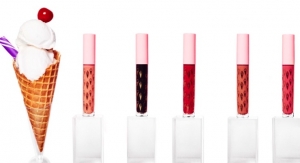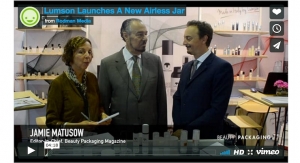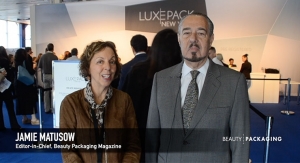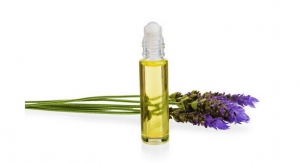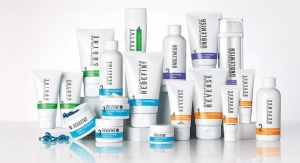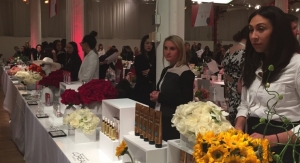Jamie Matusow , Editor-in-Chief05.01.17
Euromonitor International’s recently released research shows that premium beauty and personal care will outperform the mass segment for the second consecutive year, growing at nearly 6%. And the future looks increasingly premium, according to Euromonitor analyst Nicholas Micaleff. The largest players, China and the U.S., are expected to contribute more than half of the $20 billion in premium beauty and personal care absolute growth by 2021.
Color cosmetics continues in top position with 7.2% growth in 2016, according to Euromonitor stats, driven by the premium segment.
Data shows Brazil and Russia are back on track, and market sizes in India and Indonesia nearly doubled in growth over the past five years.
Micaleff says, “Premiumization is driving standards across all levels in the beauty industry, from the low-end mass segment to the prestige level.” Changing consumer lifestyles and priorities are the key drivers, he explains, including the quest for healthy living, environmentally responsible consumption, ‘experiencing’ over ‘owning’ and demand for targeted products.”
Many of these drivers are triggered by the millennial generation—the same group of consumers that is also fueling the way for opportunities for beauty brands in the area of corporate social responsibility and environmentally responsible packaging and practices—or as Aveda describes their efforts in this eco-direction, “planet-respecting packaging.” The article on the brand’s Tulasara™ skin care line, written by Jim Neri, vice president of Global Package Development, The Estée Lauder Companies, details how the thoughtful packaging complements its artful design.
As you’ll read in this month’s feature article on Eco-Responsible Packaging, younger consumers, in particular, are increasingly looking to tie in a “feel-good” factor and a measure of social and environmental consciousness to their purchasing power—and brands and suppliers are paying close attention.
While perhaps still more relevant in categories such as Food & Beverage, than Beauty, a quote in the article from Tetra Pak’s Elisabeth Comere is telling: “Promoting sustainable packaging initiatives to consumers can be as important as marketing other product attributes. That’s because when everything else is equal, consumers are likely to pick the sustainably packaged option.”
Whether you’re a Millennial or a Baby-Boomer—or something in-between—please let us know your thoughts on Eco-Responsible Packaging.
We hope you enjoy this issue,
Jamie Matusow
Color cosmetics continues in top position with 7.2% growth in 2016, according to Euromonitor stats, driven by the premium segment.
Data shows Brazil and Russia are back on track, and market sizes in India and Indonesia nearly doubled in growth over the past five years.
Micaleff says, “Premiumization is driving standards across all levels in the beauty industry, from the low-end mass segment to the prestige level.” Changing consumer lifestyles and priorities are the key drivers, he explains, including the quest for healthy living, environmentally responsible consumption, ‘experiencing’ over ‘owning’ and demand for targeted products.”
Many of these drivers are triggered by the millennial generation—the same group of consumers that is also fueling the way for opportunities for beauty brands in the area of corporate social responsibility and environmentally responsible packaging and practices—or as Aveda describes their efforts in this eco-direction, “planet-respecting packaging.” The article on the brand’s Tulasara™ skin care line, written by Jim Neri, vice president of Global Package Development, The Estée Lauder Companies, details how the thoughtful packaging complements its artful design.
As you’ll read in this month’s feature article on Eco-Responsible Packaging, younger consumers, in particular, are increasingly looking to tie in a “feel-good” factor and a measure of social and environmental consciousness to their purchasing power—and brands and suppliers are paying close attention.
While perhaps still more relevant in categories such as Food & Beverage, than Beauty, a quote in the article from Tetra Pak’s Elisabeth Comere is telling: “Promoting sustainable packaging initiatives to consumers can be as important as marketing other product attributes. That’s because when everything else is equal, consumers are likely to pick the sustainably packaged option.”
Whether you’re a Millennial or a Baby-Boomer—or something in-between—please let us know your thoughts on Eco-Responsible Packaging.
We hope you enjoy this issue,
Jamie Matusow

